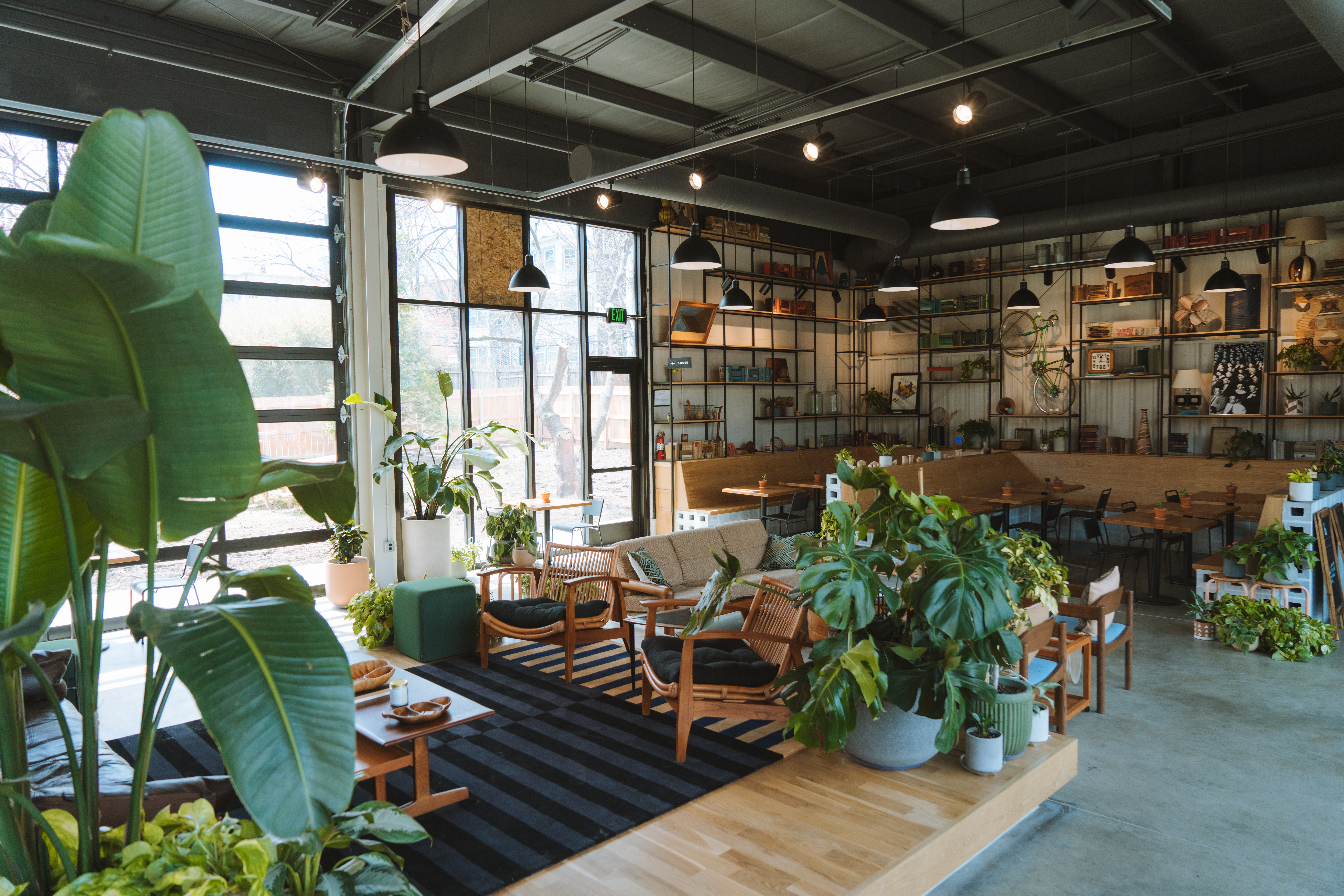IMPACT
These Trends are Changing How We Think of Spaces—and Are Showing Us the Value of Resident Experience
By
Erika Riley
– VOL. 15
Every industry has experienced an incredible rate of change in recent years, and real estate is no different. One of the main observations we hear again and again from owner-operators across the globe is that residents are living, working and playing differently than they were even a year or two ago.
As building operators scramble to keep up with these dizzying shifts, many are having success by re-thinking the spaces that they offer. By facilitating collaboration and community, they are realizing a boost in retention.
Austin Tragni is one of our Venn Experts as the Head of Spaces at Venn, working throughout the company’s neighborhoods to design shared public spaces that promote engagement and encourage participation. He says architecture and design trends within offices and residential buildings have focused on collaboration for years. Offices now have more communal tables and fewer individual desks, encouraging conversation, while residential buildings have offered more amenities focused on connectivity and hospitality. But the pandemic has amplified these trends.
“We can’t have a discussion about the future of [these trends] without talking about the impact the pandemic has had on our relationship to our surroundings, because it has really created some interesting shifts in the market,” Austin says. “It’s influencing residential building models to support a change in lifestyle and the way in which people have been given a bit of freedom to live not necessarily in a place directly tied to where their job is.”
It’s also creating a shift in the types of amenities and services that are important to residents, with architecture responding to those changes, and making it easy for people to connect.
As more people continue to work from home or switch to permanently hybrid schedules, they’re putting down roots in the neighborhoods they live in—rather than the neighborhoods where they work. Although Austin lives in New Jersey, he had always spent most of his time in New York City because he worked there. Today, he has built a new relationship to his local community in Montclair than he had previously.

In KC, Venn teamed up with Mac, our property manager partners, and transformed an underused warehouse into open-floor-plan community and coworking space for residents.
“There’s so much talk around the future of work and the change to hybrid schedules. Of course, that’s going to impact the way in which we live,” he says. “…So this idea of creating spaces that foster connectivity and community that supports its residents is something that owner-operators and developers need to think about when programming buildings for the future or repositioning existing assets.”
While Austin doesn’t believe the traditional office space has died, he does see a need to adjust to the needs of residents. These include providing greater access to outdoor spaces, dynamic and multifunctional communal lounges where residents can gather more people than they could in their apartments, and even elements of hospitality.
One space that can benefit from added flexibility and usability is the residential lobby. Large buildings’ lobbies often have a few chairs and a table for residents and guests to utilize—but they’re often ignored and underutilized, a transient space.
“But what about it is actually inviting you to sit down and stay and engage with either your neighbors or visitors?” Austin asked.

In Downtown LA, where apartments are less than 800 square feet on average, residents gather in the lobby of their building to socialize.
Consider turning the lobby into a place where residents can socialize or meet with a coworker to discuss a project. Easy-to-move furniture can also make the room easy to transition to an event space for either the residents or property managers to utilize.
Even adding seating to a mail and package room, or having a coffee bar next door, can add that hospitality layer to the residents experience. Who wouldn’t want to grab a coffee while they go downstairs to retrieve their package? The goal is to create exciting and inviting spaces that are purpose-built destinations.
Nowadays, Austins sees more buildings adding general amenity space— somewhere residents can get out of their units or meet up with neighbors.
“There was a point when buildings were what I call ‘space rich, amenity poor.’ You had buildings that had larger apartments but they didn’t have many amenities,” he explained. “And then we saw a big shift to the reverse of that, which is buildings being ‘amenity rich, space poor.’”

In Brooklyn, neighbors gather both inside and outside of General Irving, an all-day cafe and community space designed and operated by Venn.
In Venn’s communities, for instance, residents are already ahead of the curve in terms of experiencing ‘amenity-rich’ lives. In Brooklyn, for instance, they work side-by-side while sipping coffee at General Irving. Weekends outdoors in DTLA often find neighbors whooshing past each other, upside-down, at aerial yoga.
“We’re looking closely at the community and what it has to offer to foster a sense of belonging by facilitating a connection that our residents may not have had.”
Austin, who joined the team at Venn in March, was initially drawn to the company’s mission to integrate communities into their neighborhoods. He’s interested in helping productize space and offer amenities that drive that mission forward.
“Amenities that don’t encourage participation or connectivity and engagement, they’re a thing of the past,” Austin said. “So this idea of creating common spaces that are more flexible and fluid and have a layer of programmatic experience and activation is where we need to be focused moving forward.”
More from the Venn Journal







Recent Comments